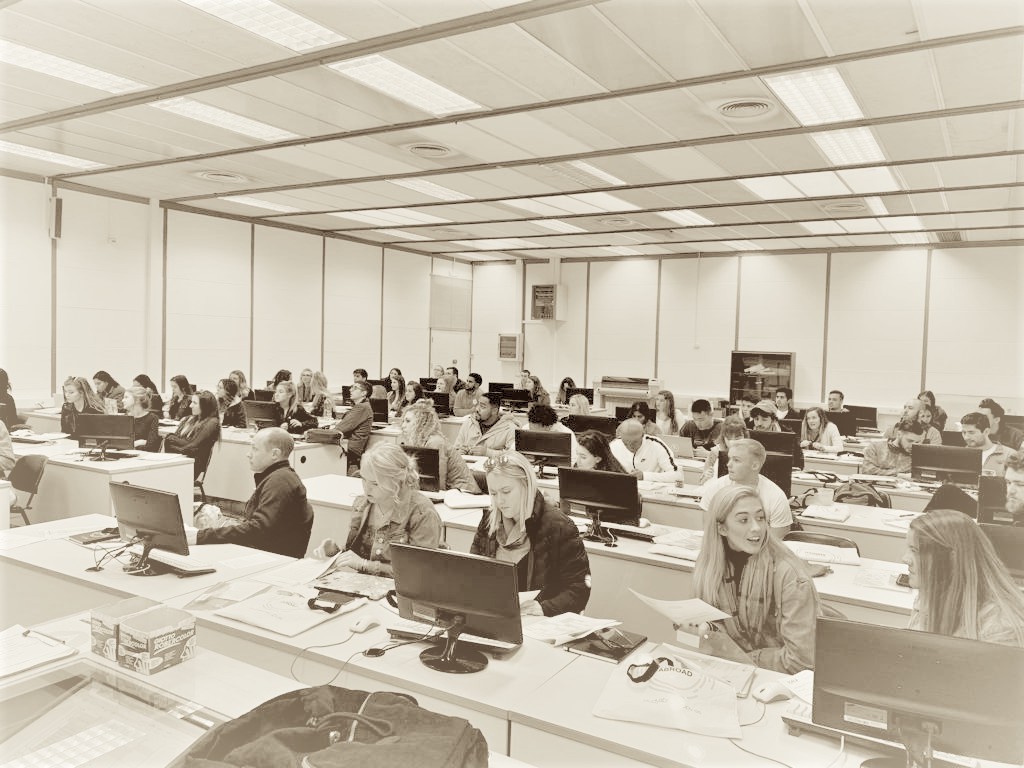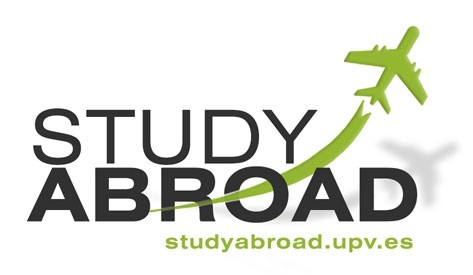
|
|

• Attendance
• Assessments
• Sexual Harassment Policy
• Students With Disabilities
• Academic Honesty Policy
• University Ombudsman
• Statement On Audio And Video Recording
• Syllabus Change Policy
Engineering Thermodynamics I
3 Credits | 300 Level | 38 Contact hours
Reference book: Thermodynamics: An Engineering Approach, 8th Edition, Cengle and Boles.
Principles of engineering thermodynamics: first and second laws, entropy, ideal and real gases.
• Real-substance property estimation through charts, tables and equations of state
• Applications of the energy balance to processes in closed systems and control volumes
• Applications of the entropy inequality to processes in closed systems and control volumes
• Applications of the energy balance and the entropy inequality to cyclic processes
1. Introduction and basic concepts.
2. Properties of pure substances.
3. Mass and mass transfer.
4. Energy and energy transfer.
5. Second law of thermodynamics.
6. Entropy.
7. Cycles.
1. Apply the ideal gas law to determine the properties of ideal gases.
2. Be able to read and understand property tables, such as steam tables.
3. Be able to use thermodynamic properties such as enthalpy, entropy, internal energy, etc.
4. Be able to compute cycle and device efficiencies, or when given efficiencies, compute inlet or outlet properties of the working fluid.
5. Apply the energy balance and entropy inequality to processes in closed systems, control volumes, and cyclic processes.
6. Have a basic understanding of how various energy conversion devices operate.
Homework/participation: 15%
Exam 1 25%
Exam 2 25%
Final 35%
|
